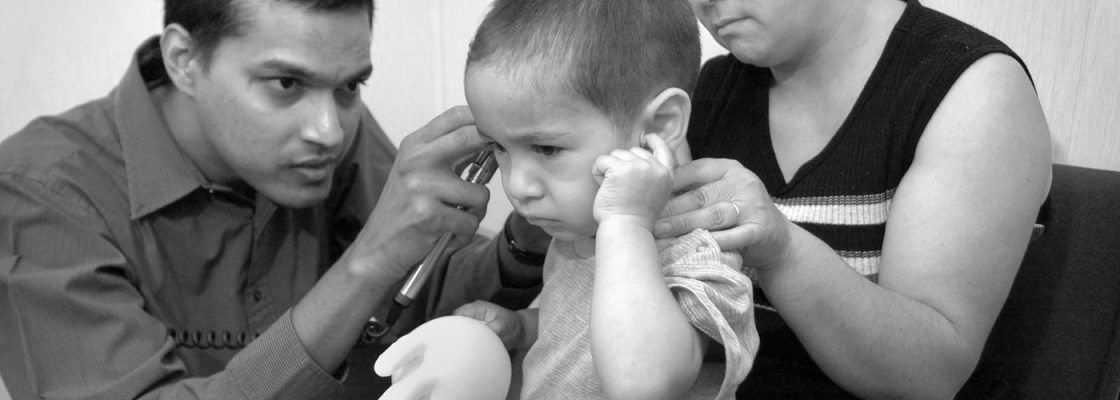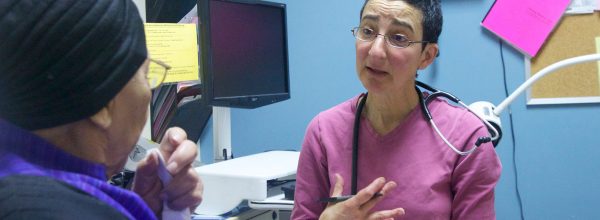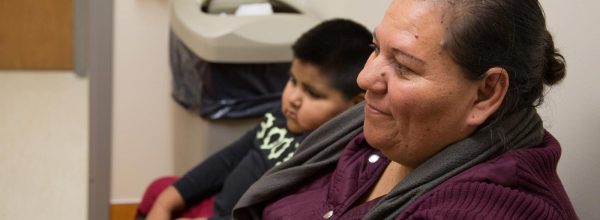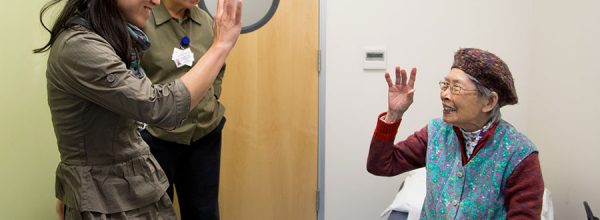Children’s Health System of Texas (CHST) utilized the 10 Building Blocks of Primary Care to transform model of care from acute care to population healthcare for their patients. In addition, CHST also addressed community social determinants of health and increased community engagement by the addition of three new integrative programs.
Building Block 1: Engaged Leadership
Focused and committed leaders at various levels of the organization are involved in transformation. In each division, leadership teams met regularly in small groups to ensure frequent and timely communication, set goals and monitor progress on performance measures.
Building Block 2: Data-Driven Improvement
CHST uses their EMR, to build robust sets of reports to help drive specific interventions. Examples of priority clinical areas based on specific data measures include: well child visit completion from 4th birthday to 17th birthday and flu vaccination rates for children with asthma. Operational measures such as percent and number of medically complex patients is also used for empanelment purposes.
Building Block 3: Empanelment
The average physician panel is 1500 patients with adjustments based on medical complexity and other demographics of patients. It’s a dynamic process in which panel size targets are created and actively monitored with strong consideration for patient/family preference.
Building Block 4: Team- Based Care
CHST’s multidisciplinary team approach focused on “keep the kids healthier” instead of “fee for service” practice. This was accomplished by utilizing both primary care practice teams as well as complex care management teams for the most medically complex children. Teams are comprised of 2-4 physicians or a nurse practitioner paired with a one-on-one medical assistant. For every two teamlets, there is a floating MA that helps with patient intake. The MA in the teamlet provides vaccines, patient education and competes many forms. There is also an LVN and RN who support the team through quality control and additional clinical support. Teamlets and supporting team members have a daily team huddle to review and strategize for patient care for the day. Administrative support includes a receptionist and referral coordinator.
Building Block 5: Patient-Team Partnerships and Community Integration
CHST now has 7 different family advisory councils that meet monthly or quarterly and are co-led by a CHST employee and a patient/family representative. Patients and families provide input into many of the system’s strategic goals and initiative through these advisory councils, as well as focus groups, and patient/family meetings. Currently, over 50 families are actively involved.
Building Block 6: Population Health
As part of the vision to shift to a newer model of care delivery, the CHST is creating a population health system that is financially sustainable, data-driven and reflective of the needs of their patients, families and communities. Their approach consists of three major themes: 1) Developing a financial model and vehicle to value and reward for population health; 2) Building a clinically integrated delivery system to support robust and comprehensive care and 3) Developing a community health system that is integrated into the larger system.
Building Block 7: Continuity of Care
A strong emphasis on patient-provider continuity is an important organizational and operational metric that is monitored regularly. Receptionists work hard to achieve the primary goal of scheduling patients with their primary provider for all visits. Currently, PCP-patient continuity ranges from 70-80%.
Block 8: Prompt Access to Care
CHST has employed four main strategies to ensure that patients and their families have prompt access to high quality care which include expanded access hours and urgent care, staffing models, standardized templates and virtual health. As practices gain sufficient providers, many have expanded hours to be open at night and on the weekends. They have employed a staggered scheduling model as well to allow the CHPG practices to provide extended care. As part of the CHST commitment to “meet kids where they are,” CHST has created an impressive virtual health program to supply children in schools with telehealth access to a team of one physician and two PNPs.
Building Block 9: Comprehensiveness and Coordination of Care
CHST has developed a health and wellness alliance with over 125 community partners which focused on obesity, asthma, healthy weight, chronic care and building healthy families. They believe that “a healthy family raises a healthy child and lives in a healthy community”. Their community engagement strategy involves coordination and integration of all potential access points through which patients and families may interact with the healthcare system.
Building Block 10: Template of the Future
The leadership of CHST asks questions such as: “How do we respond to the immediacy that certain segments of our population desire?” and “Why do patients choose the Emergency Department over the primary care physician office?” All of these questions serve to challenge the leadership to devise non-traditional approaches to patient and family care. For example, the virtual health program provides a continuum of services and non-traditional contact points, extending the relationship between consumer and deliverer at a time, in a mode and in a way that is meaningful for them.
This is the first half of a two-part Innovator Highlight. You can read Part 2 here.
Find this useful or interesting? We’re constantly sharing stuff like this. Sign up to receive our newsletter to stay in the loop.











